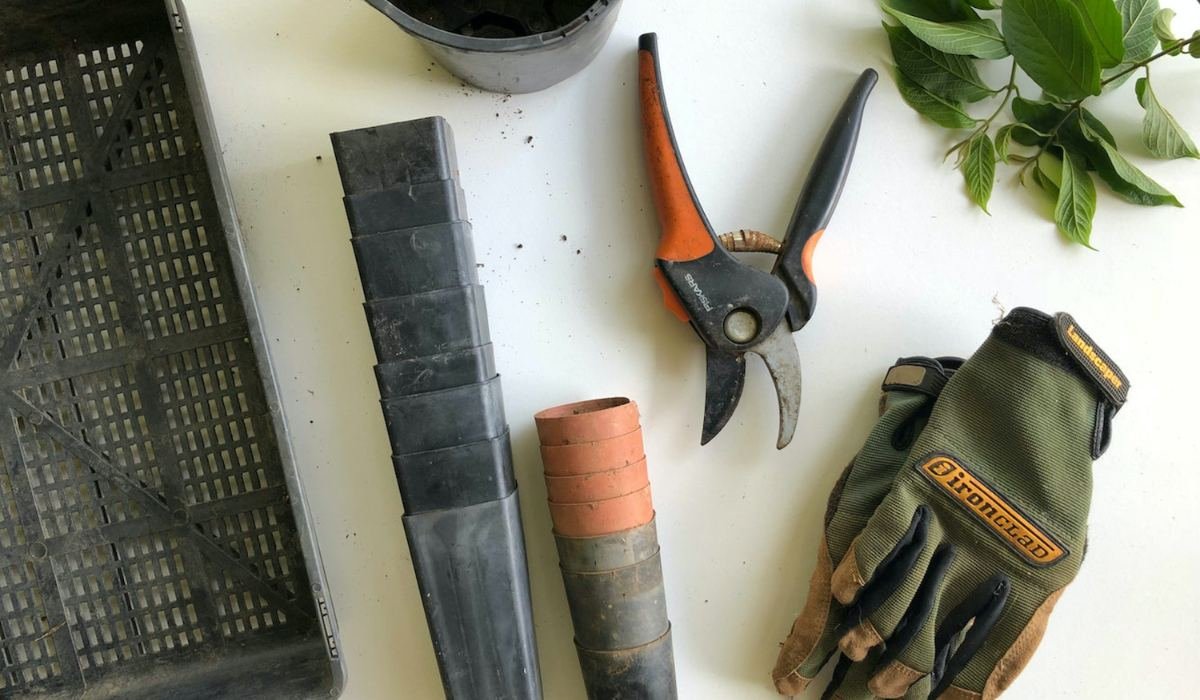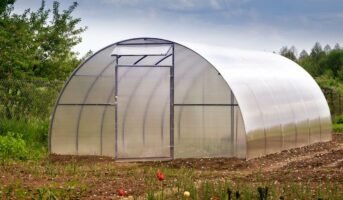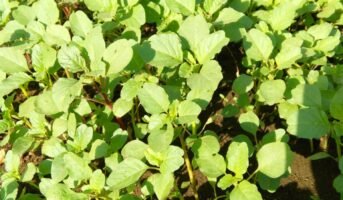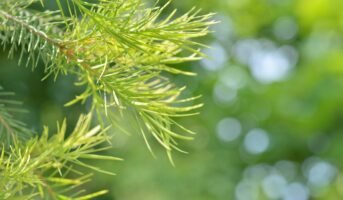Many of us appreciate spending time outside our homes, especially during pleasant evening weather and designing and crafting the garden will be a great option. While creating your gardening tools and supplies may look like a difficult task, it is much easier than we thought. DIY tasks are for everyone; whether living in a small home or a big one, you can decorate the house and the garden.
See also: Gardening tools: Must-have tools for growing a home garden
Essential tools for DIY gardening
Gloves
Quality gloves are necessary, especially for handling seeds or moving young plants. They must be sturdy yet not overly bulky. Ill-fitting gloves might lead to blisters or accidents if they slip off. Opt for fabrics that resist water and let your hands breathe, ensuring comfort. Longer cuffs shield wrists from scratches and prevent soil from getting inside. Always store gloves away from sunlight, water and pesky insects.
Pruning shears
Also known as secateurs, hand pruners cut excessive growing plants. Anvil-style pruners, cutting like a knife on a board, suit dead wood but can harm fresh, green stems. The better option will be scissors.
Loppers
These long-handled pruners, or loppers, tackle hard-to-reach spots and thicker branches. The length provides leverage for cutting branches up to an inch thick. Like pruners, loppers come in anvil and bypass types. Bypass loppers offer precision, while longer handles cover more ground but can be hefty. Choose based on what you’ll be cutting and how far you need to reach.
Garden rake
Garden rakes have metal tines designed for levelling soil, creating finely textured seedbeds and smoothing compost. A garden’s neat appearance finds an essential ally in this tool.
Hand trowel
The indispensable hand tool, a trowel, is perfect for transplanting, planting and weeding. Select a broad blade for moving more soil or a narrow one for digging in rocky terrain. The handle should be comfortable and stainless steel trowels are more durable.
Wheelbarrow
For moving soil, compost, or any heavy lifting, a wheelbarrow is indispensable. Single-handle two-wheel models provide better balance, particularly over uneven terrain or for those with limited strength.
Watering cans
Plastic and metal are the main watering cans. Plastic ones are lighter but less durable, while galvanised metal resists rust. Choose a can size manageable for your strength. The handle should allow easy carrying and pouring.
Garden fork
The garden fork is valuable for soil turning, root crop excavation and perennial division. Thanks to its long, penetrating metal tines, it presents a reliable alternative to the traditional shovel.
Garden hoe
The garden hoe, versatile in its application, finds its place in removing shallow-rooted weeds and crafting planting furrows. The head’s myriad shapes and sizes provide a secure attachment to the handle; it is preferred to have a splinter-resistant wooden one.
Leaf rakes
Leaf rakes take centre stage, explicitly designed for lightweight tasks such as leaf gathering, lawn clipping collection and mulch spreading. Opting for a metal rake is a longevity-driven and performance-enhancing choice compared to its plastic or wooden counterparts.
Garden hose with adjustable nozzle
Water is crucial for your garden and a flexible hose is essential—different hose diameters impact water flow. An adjustable nozzle lets you control water pressure and spray. Consider hose length – longer hoses reduce pressure. Estimate the needed length before purchase.
DIY planting from containers
Seed flats
Starting your seeds from seeds is more cost-effective than buying ready-grown ones. Opt for seeds and to save space, kick off the growing process in shallow trays filled with potting soil. After that, transplant the heartiest seedlings to individual pots. To fashion budget-friendly seed-starting flats, cut off the lower three inches of a plastic milk jug, poke a few holes in the base, fill it with potting mix and use a pencil to make shallow furrows for sowing before planting the seeds as per packet instructions.
Flexible scoop
Crafting a handy scoop for distributing fertiliser or potting soil in confined spaces is very easy with just a plastic milk jug. Make two horizontal cuts on the sides next to the handle and two forward-slanting diagonal cuts on the other sides.
Liquid fertiliser dispenser
Create a liquid fertiliser dispenser by mixing the plant food directly in a plastic milk jug. Punch a hole or two in the cap with a nail. The built-in handle facilitates precise application to even the smallest pots or plants.
Temperature regulator
Enhance the efficiency of the cold frame for extending the growing season by placing water-filled plastic milk jugs inside it. Sun-warmed water during the day helps reduce temperature fluctuations within the cold frame at night.
Cutworm collars
Safeguard the young seedlings from nocturnal cutworms by covering them with collars crafted from the bottom of a plastic container. Bury the container an inch or so into the ground, leaving 2 to 3 inches above ground and then remove the collar once the plant’s stem has toughened.
Simple scoop
These small plastic tubs serve as ideal scoops for dispersing granular fertilisers, de-icer pellets, or sand on driveways and sidewalks during winter.
Cheap flower pots
Take tubs that are at least 3 inches deep, which can be made into flower pots by making holes at the bottom. Keep the lid to serve as a drip-catching tray. For added flair, consider painting the exterior.
Plant ties
Reuse old towels by cutting them into strips to fashion sturdy ties for supporting plants. While these may not be suitable for a front yard display, their soft touch is perfect for holding up hefty vegetables like tomatoes or melons.
Seed pots
These are biodegradable seed pots made by wrapping newspaper strips around a small jar and tucking one end underneath. This simple method is perfect for kickstarting the seedlings.
Read also: Gardeners’ guide to using Pruning Shears
Problems in DIY
Limited gardening know-how
Many DIY gardeners need more knowledge and hands-on experience to care for their garden. Without any prior expertise there’s a risk of unintentionally introducing harmful pests and diseases. In addition, mistakes in fertiliser application or planting methods may harm the plants.
Safety risks
Engaging in tasks like hedge trimming, lawn mowing and using power tools without proper execution poses safety risks that can harm individuals and property.
Time-intensive nature
Keeping a garden in top-notch condition demands constant attention. If your schedule falls short on weekly gardening time, it’s prudent to enlist the help of professionals. Their ongoing availability ensures your garden receives timely care, alleviating you of the worry associated with upkeep.
Gardening products contain many toxic chemicals that can damage the environment or the person using them if they are improperly used.
FAQs
What's the secret to colouring a garden?
Soft colours like white, pastel pinks, purples and blues can create the illusion of a larger garden by appearing farther away and boost this effect by planting bolder shades—reds, oranges, or yellows—up close.
What exactly is a garden tool?
A garden tool is any tool designed for gardening and landscaping, falling into two categories: hand tools and power tools, such as spades, garden forks, leaf rakes and garden trowels.
Why use gardening tools?
Gardening tools play a crucial role in boosting efficiency and saving time. For example, tools like spades, trowels and pruning shears allow gardeners to complete tasks more quickly and with less effort.
How can I make my natural fertiliser for my garden?
Making your natural fertiliser is a breeze. Grab some kitchen scraps like coffee grounds, eggshells and vegetable peels. Mix them in a compost bin, let nature do its thing and voila—nutrient-rich fertiliser for your garden!
What's a simple DIY pest repellent for my plants?
Try a DIY insect repellent spray! Mix water with a dash of dish soap and a few drops of peppermint oil. Spritz it on your plants and bugs will steer clear. It's like a natural force field for your garden!
Can I create my eco-friendly weed killer at home?
Mix some white vinegar with salt and a bit of dish soap. Spray it on those stubborn weeds and watch them shrink away.
How can I repurpose household items for my garden DIY projects?
Use old containers as plant pots, turn broken ladders into charming trellises and repurpose wooden pallets for a rustic garden bench. It's a budget-friendly and eco-conscious way to clean your garden.
| Got any questions or point of view on our article? We would love to hear from you. Write to our Editor-in-Chief Jhumur Ghosh at jhumur.ghosh1@housing.com |
Saswat Kumar, a real estate writer, keeps up with the latest trends in residential real estate. He simplifies complex real estate jargon, making it accessible to all. Saswat’s data-driven analysis empowers buyers and investors to make informed choices in the housing market.












